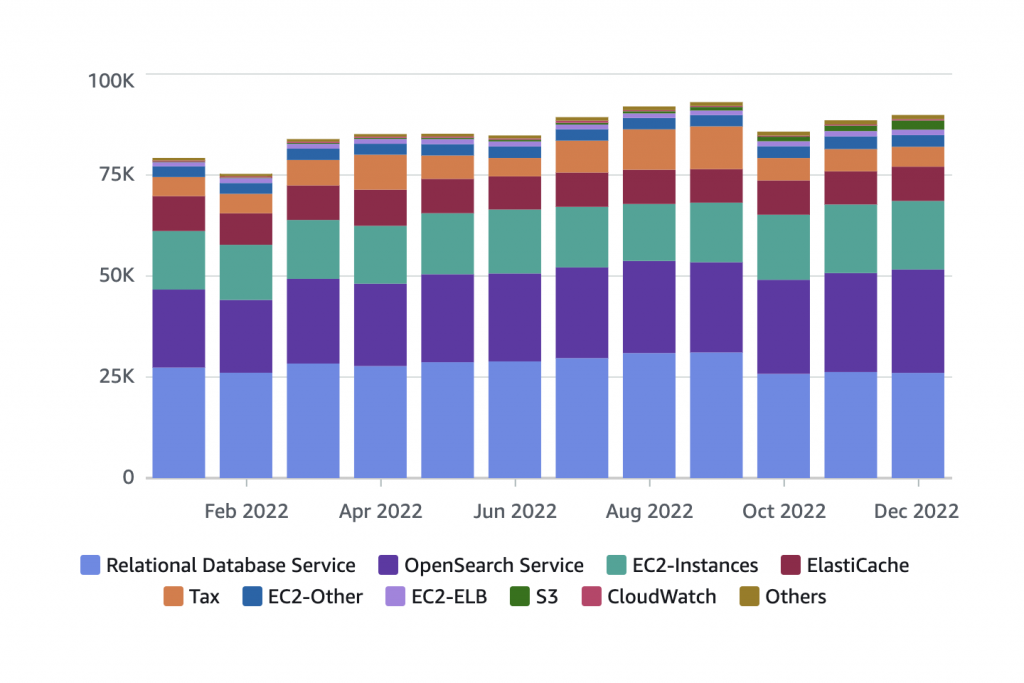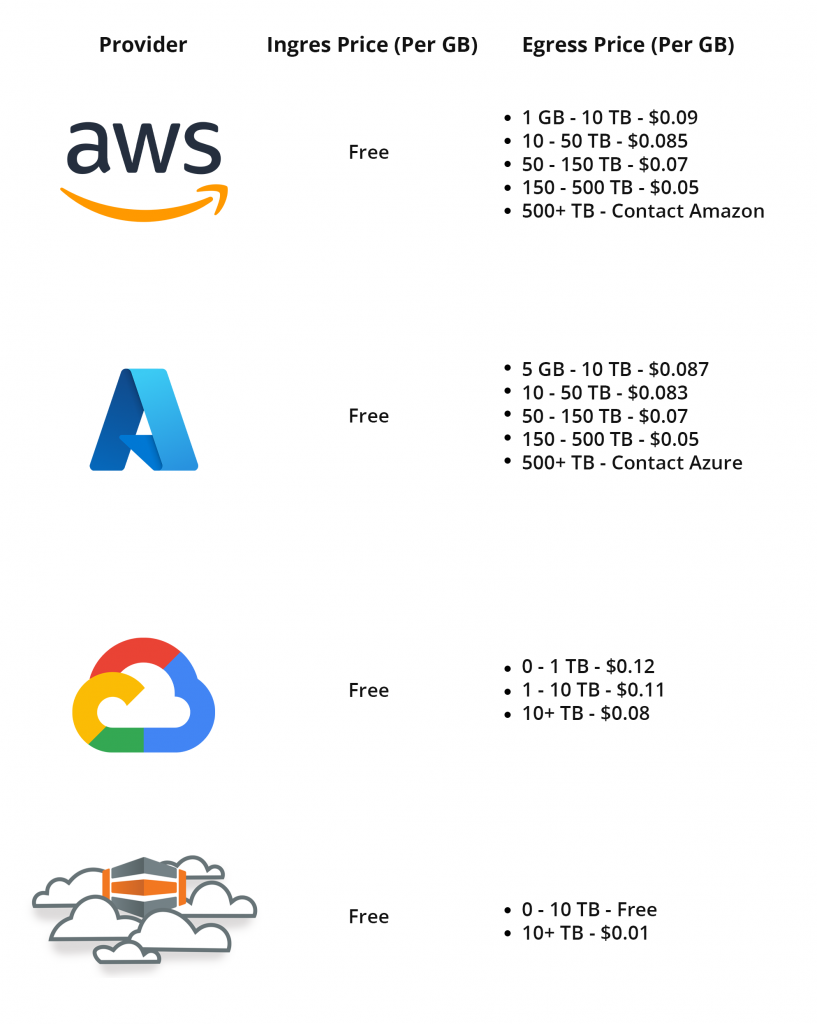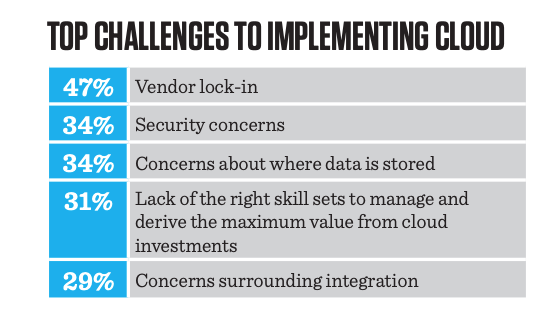
In a recent blog post, David Heinemeier Hansson (DHH), cofounder of project management platform Basecamp and subscription-based email service HEY, announced that they were moving off the cloud in search of lower costs.
We’ve run extensively in both Amazon’s cloud and Google’s cloud. We’ve run on bare virtual machines, we’ve run on Kubernetes. We’ve seen all the cloud has to offer, and tried most of it. It’s finally time to conclude: Renting computers is (mostly) a bad deal for medium-sized companies like ours with stable growth. The savings promised in reduced complexity never materialized. So we’re making our plans to leave.” – DHH
Before we dive in further, it’s important to note there is no one-size-fits-all approach to an enterprise’s server-side computing resources. For operations like Basecamp and HEY, the cloud made sense when they were just starting out and experiencing irregular load and rollercoaster usage.
…when you have no idea whether you need ten servers or a hundred. There’s nothing like the cloud when that happens, like we learned when launching HEY, and suddenly 300,000 users signed up to try our service in three weeks instead of our forecast of 30,000 in six months.” – DHH
Once HEY settled down to predictable traffic demand, the benefits of the cloud started to wane. HEY is now paying over half a million dollars a year for database and search services from Amazon. DHH writes “Do you know how many insanely beefy servers you could purchase on a budget of half a million dollars per year?”
For HEY, the yearly bill was $1,066,150 ($88,846/month) for production workloads only; just this service alone breaks down into the following buckets:

Their S3 expense was a staggering $907,838 in 2022 ($75,653/month). This included 8 petabytes of file storage and dual-region replication with availability in all zones. For the full cost breakdown, go here.
Basecamp and HEY will now manage their own servers and will reduce their $3.2 million annual AWS bill by an estimated 60%! They stand to save $7 million over five years from their cloud exit!
Stories like this are becoming commonplace; recently, SEO crawler Prerender announced they reduced their annual server costs by 80%, from $1M to $200K.
The Current Problems Facing the Public Cloud
DHH goes on to criticize Amazon’s huge profit margin of 30% renting out these servers. In a perfect world, cloud will help you pay as you go on a utility basis. You don’t need tens of thousands of dollars to invest in capital assets. The problem is that the current cloud apparatus contains hidden fees that add up to in a hurry.
Most cloud providers allow you to input your data for free (ingress), but will charge large network fees to move your data out of the cloud elsewhere (egress). Here’s an overview of cloud egress fees between AWS, Google, Microsoft, and us here at HostDime.

So a 25 TB data transfer would cost $2125 with AWS versus $250 with HostDime. And that’s just domestic, if you move this data overseas, the cost will be much higher.
Customers are realizing cloud costs are out of control; AWS and Microsoft even admitted it themselves recently. AWS CFO Brian Olsavsksy said “…we’re seeing an uptick in AWS customers focused on controlling costs. Customers are looking to save money versus their committed spend.” Microsoft also says they will address customer concern for high cost; Azure CEO Satya Nadella said “We will optimize for customer loyalty by helping customers to optimize spend,” with the hope that lowering cost a bit will increase long term loyalty.
Now the upside of using these huge cloud corporations is that you’re leveraging many billions of dollars of investment in technology. AWS, Microsoft, and Google are growing ahead of the market at 42% yearly and account for a current 63% of cloud market revenue. But here’s the downside to using one of these cloud juggernauts:
“It strikes me as downright tragic that this decentralized wonder of the world is now largely operating on computers owned by a handful of mega corporations. If one of the primary AWS regions go down, seemingly half the internet is offline along with it.” – DHH
AWS experienced three different widespread outages in December 2021. Hours of downtime in one month highlights just how fragile cloud dependency is for enterprises depending on uptime. Businesses must protect themselves by architecting their systems to not have all their eggs in one basket.
Speaking of, a recent survey by Wakefield Research shows 78% of IT decision makers believe they are not getting the most out of the cloud and all of its resources because of vendor lock-in concerns. Businesses are not fully invested in cloud services because they value flexibility and don’t want to be trapped into one cloud vendor, especially once you realize how much you’re being charged.

What’s the Solution? Going Hybrid
So we have laid out some of the problems of the modern public cloud. We believe the solution to these problems is going hybrid.
In a hybrid cloud deployment, enterprises typically use a combination of on-premises infrastructure, private cloud, and public cloud services to meet their computing needs. Bare metal servers can be a core option for such a deployment because it checks all the boxes: scalability, reliability, security, and cost-effectiveness.
Combining bare metal with the power, cooling, and connectivity of colocation can offer a high level of control and flexibility for businesses, while also reducing the overhead costs of managing on-premises infrastructure.
Enterprises can allocate resources across the cloud and edge colocation facilities. For instance, you can run certain applications in the private cloud and then shift to the public cloud when you need to quickly gain additional capacity. Put your workloads across various clouds and see what works best. Enterprises can use cloud management platforms to manage their hybrid cloud environments, providing a single point of control for all their cloud resources.
It’s clear where the industry is headed. Businesses are mixing and matching their data center, colocation, and cloud to stay agile and simplify operations.
This is where HostDime can help. Your resources need redundancy, multiple geographic locations, rent, electricity backup, physical security, and cloud backups. With hyper edge purpose-built data centers built and maintained by us, with 24/7 teams to watch over your hardware, we craft hybrid solutions to meet your needs and save you money. Open a ticket with our local, in-house sales team to create your own customizable set-up.
